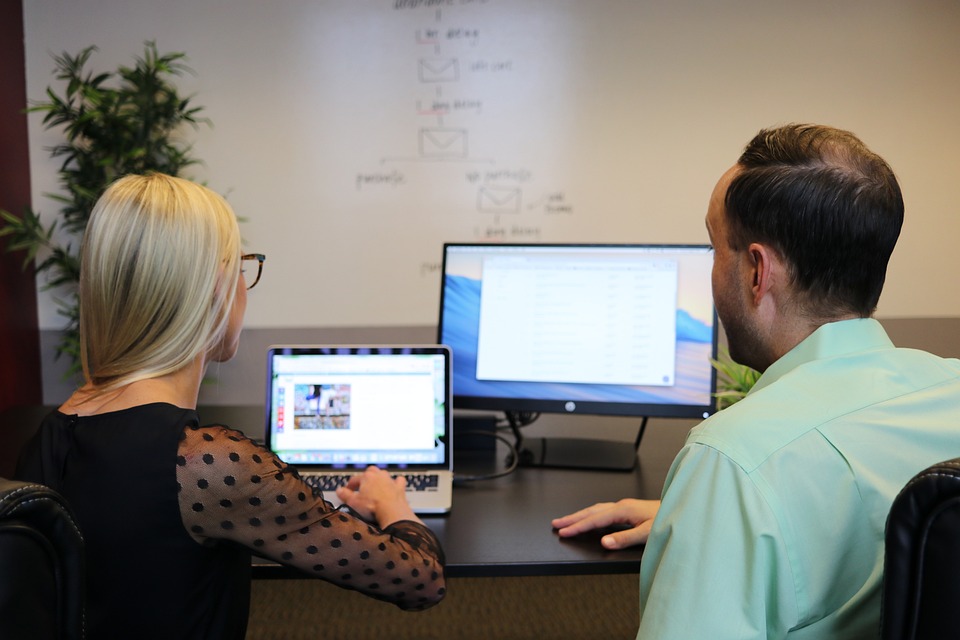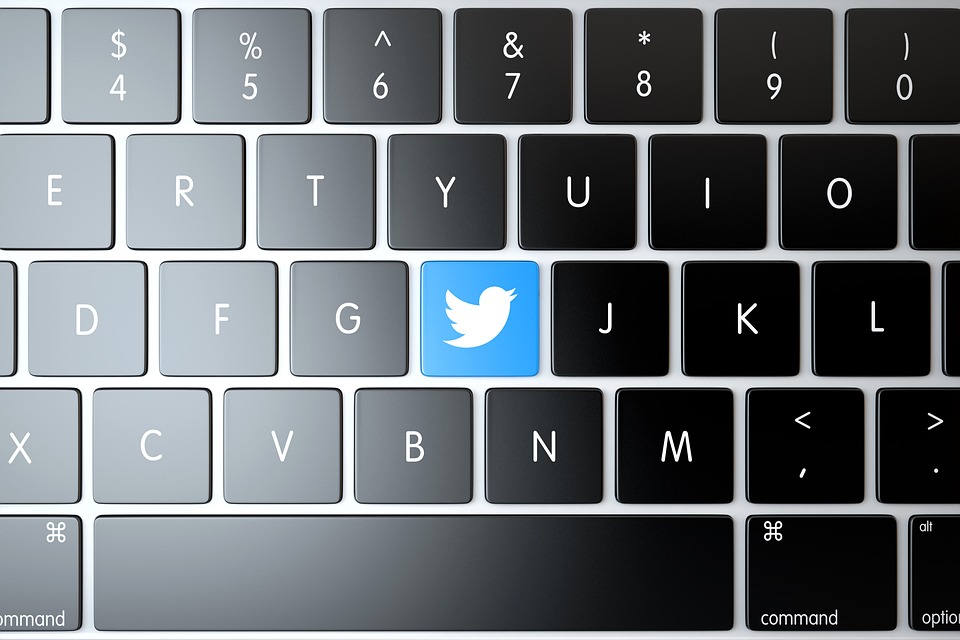Cybersecurity is a growing concern for businesses and individuals alike. With the increasing prevalence of hacking, data breaches, and other cyber-attacks, it’s more important than ever to understand the basics of cybersecurity and how to protect yourself online. Here’s what you need to know about cybersecurity.
1. Understand the Basics of Cybersecurity
In order to protect yourself online, you must first understand the basics of cybersecurity. This includes understanding the different types of threats out there, such as viruses, worms, malware, phishing scams, and ransomware. You should also understand the importance of good passwords, as well as other measures you can take to protect your devices and data, such as using two-factor authentication and regularly updating your software.
2. Assess Your Risk
Once you’ve got the basics of cybersecurity down, it’s time to assess your risk. Think about the type of information you have stored online and the potential impact of a data breach or other cyber-attack. Consider the security measures you have in place and if they are sufficient to protect your data.
3. Take Steps to Protect Yourself
Once you’ve assessed your risk, it’s time to start taking steps to protect yourself. This includes making sure your devices and software are up to date, creating secure passwords, and avoiding clicking on suspicious links or attachments. In addition, consider investing in cybersecurity software and training to ensure your employees are up to date on the latest security threats.
4. Get Help When Needed
If you’re still uncertain about how to protect yourself online, don’t hesitate to reach out to a cybersecurity expert or specialist. They can provide guidance and advice on the best measures to protect yourself online, as well as help you develop a plan to ensure your data is safe.
Cybersecurity is a growing concern and it’s important to stay up to date on the latest threats and security measures. By understanding the basics of cybersecurity, assessing your risk, taking steps to protect yourself, and getting help when needed, you can ensure that your data and devices are safe and secure.




